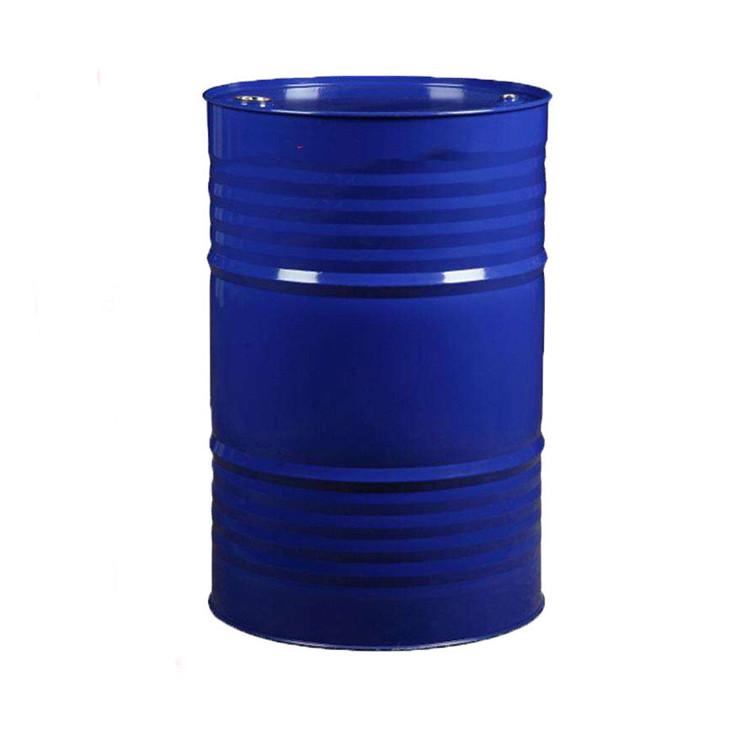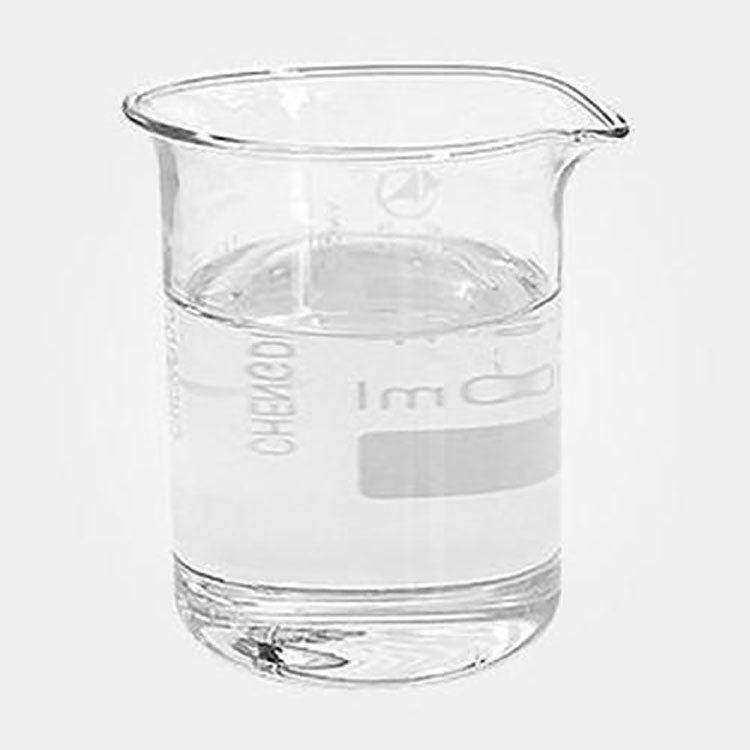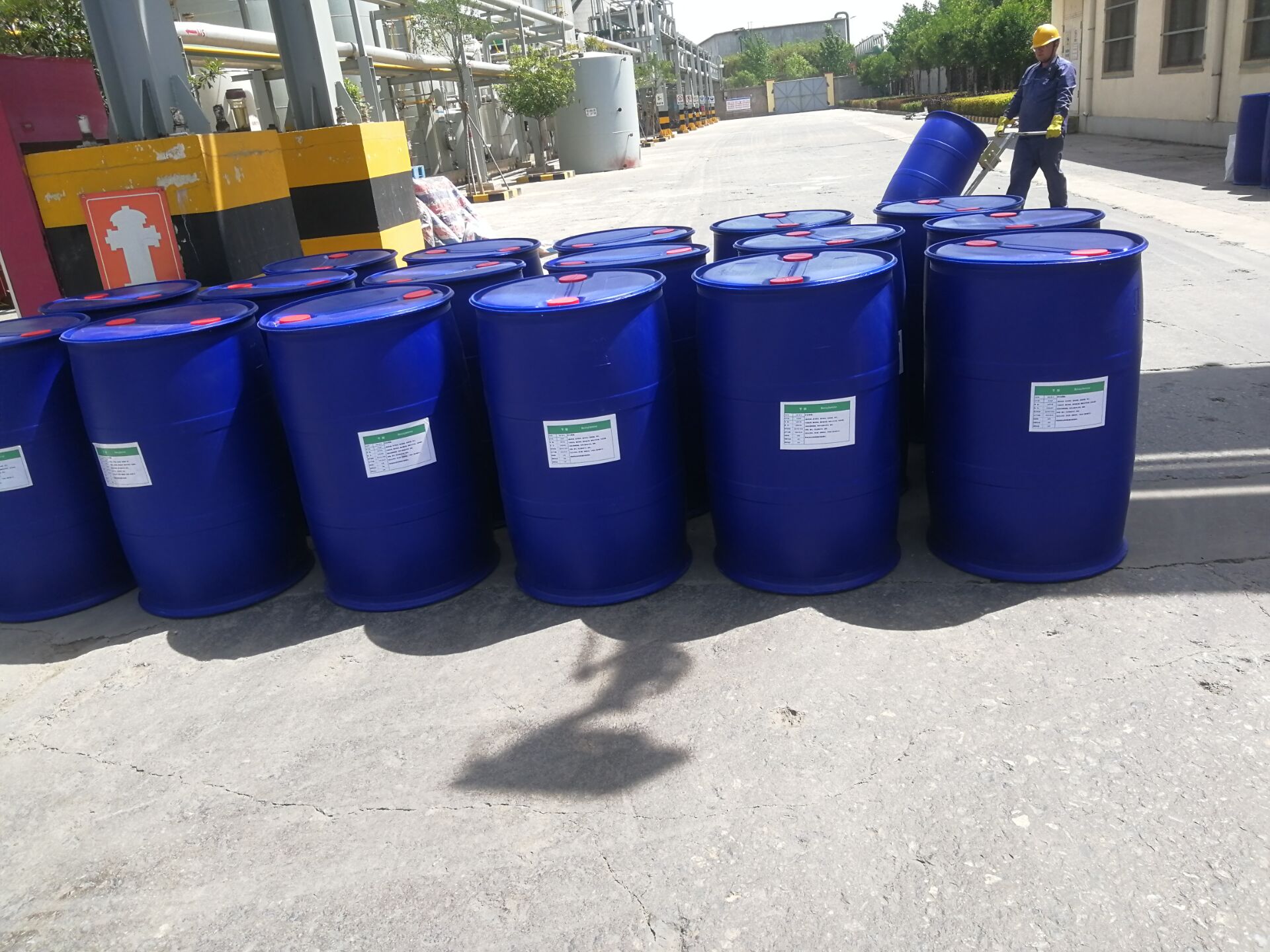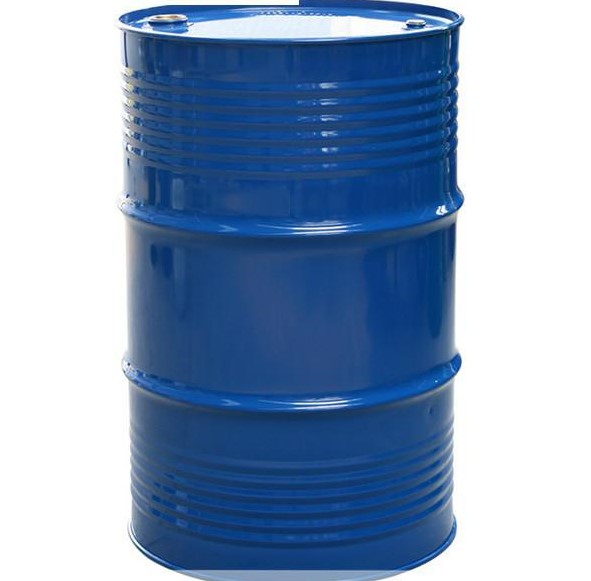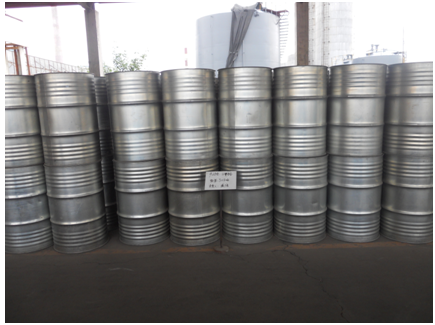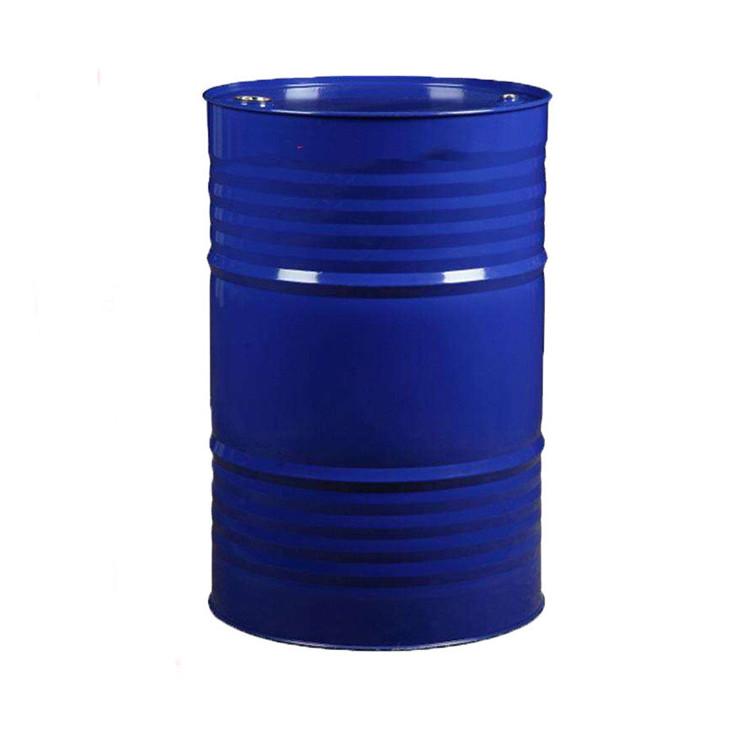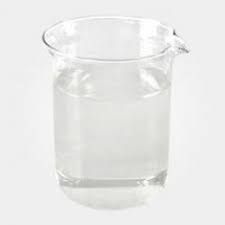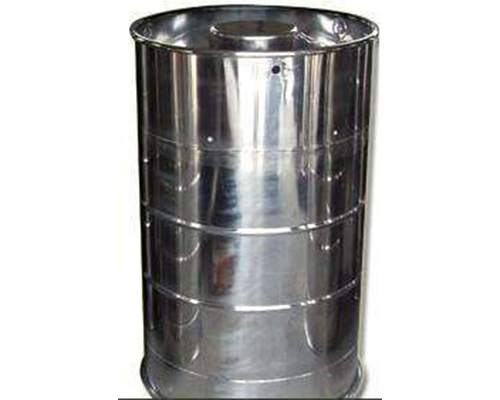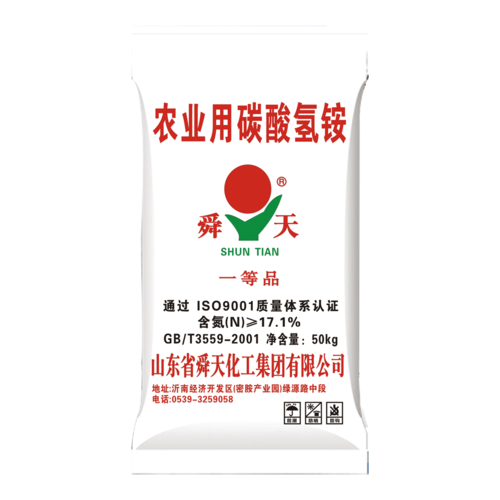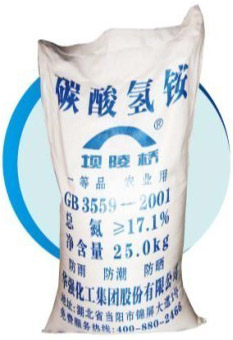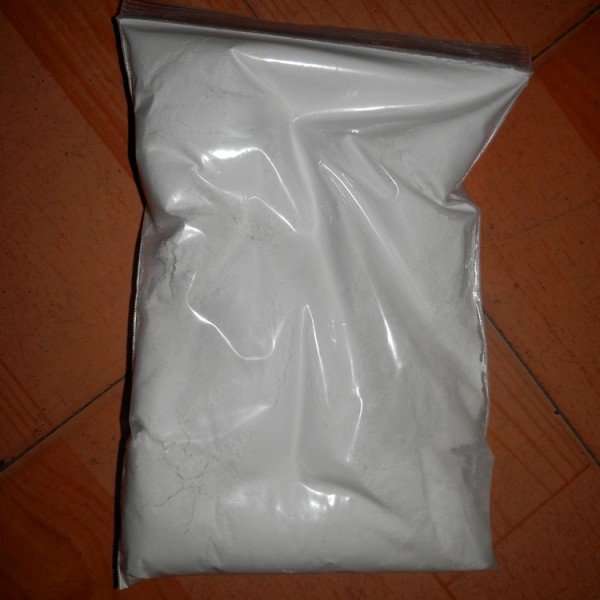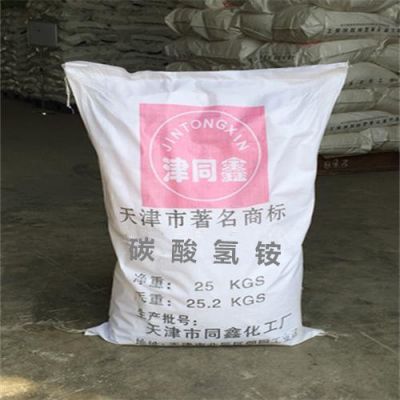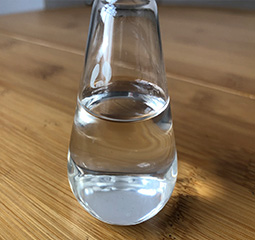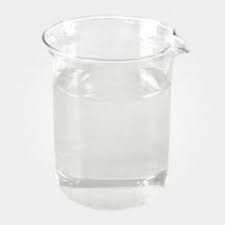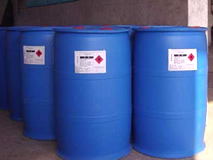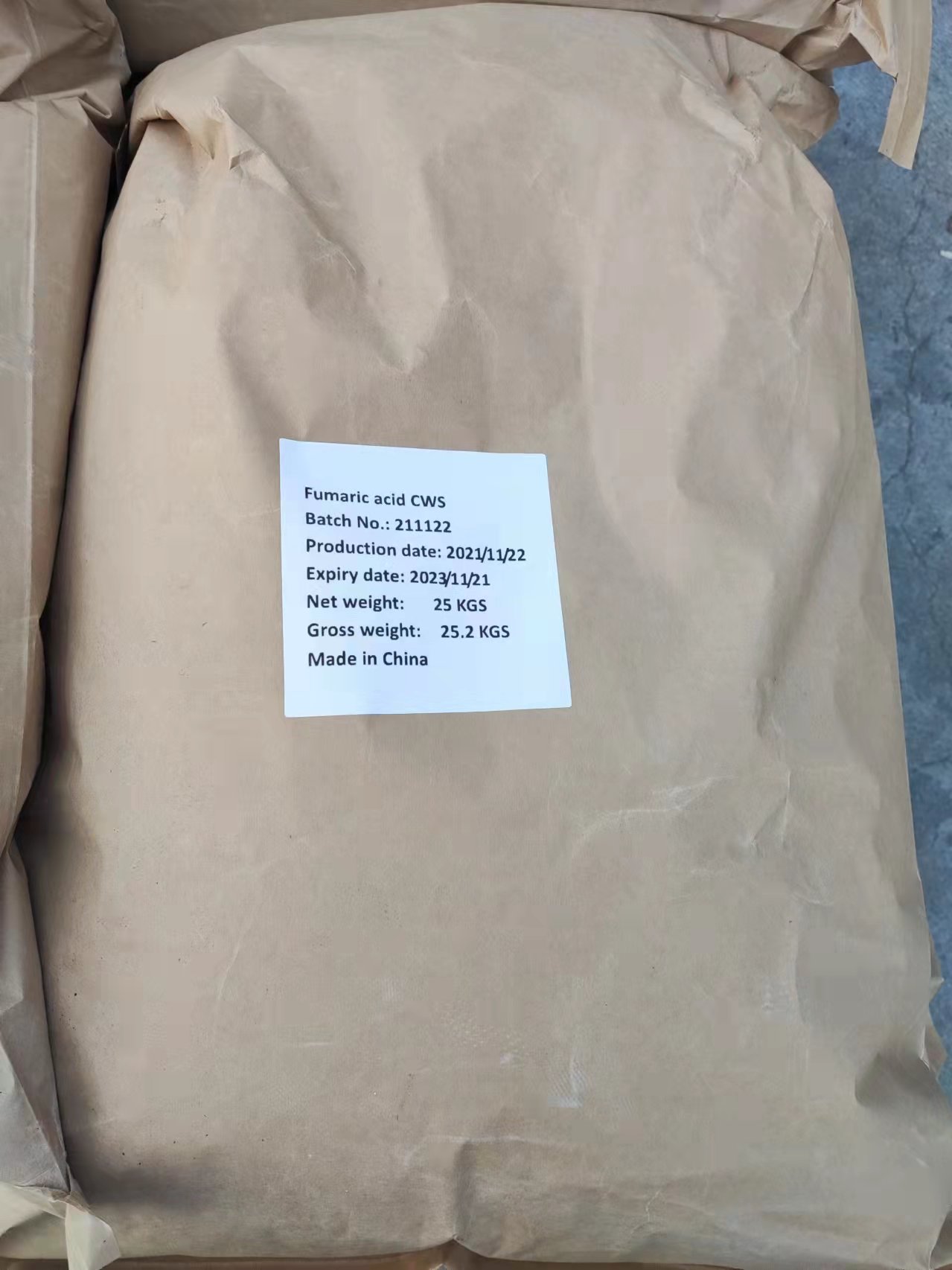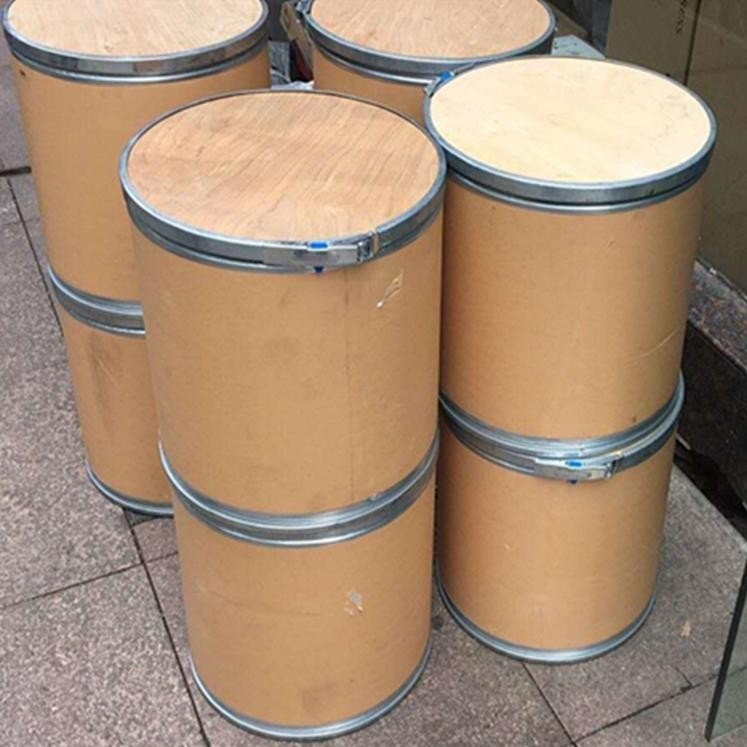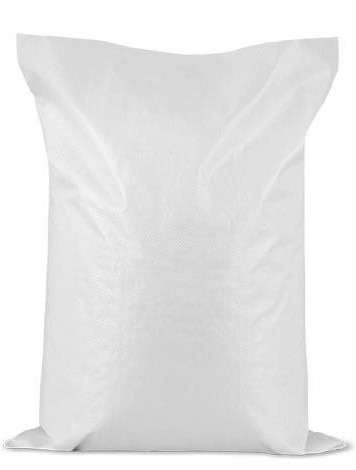Agrochemicals
Find
1816
related chemicals for you
CAS:103-49-1
Molecular Formula:C14H15N
Alias
More Information
Bis-Benzylamine; Phch2Nhch2Ph; Accelerator Dba; Di-Benzylamine; DBZA; Bibenzylamine; Vulcaid 28; Forlabetalol; N-Benzylbenzylamine; Dibam; N,N-Dibenzylamine; Benzenemethanamine, N-(Phenylmethyl)-
Brief Introduction
Organic synthetic intermediate, which can be used to synthesize penicillin and rubber; The curing agent for plastic curing is mainly used to produce efficient and non-toxic curing accelerators tetrabenzyl thiuram disulfide (TBZTD) and zinc dibenzyl dithiocarbamate (ZBEC).
Suppliers
View More Vendors (4) >
CAS:105-58-8
Molecular Formula:C5H10O3
Alias
More Information
Carbonic Acid, Diethyl Ester; Diaethylcarbonat; Diatol; Eufin; Ethyl Carbonate; Carbonic Ether; Carbonic Acid Diethyl Ester; Anhydrous Diethyl Carbonate; Ethoxyformic Anhydride; Carbonic Acid,Diethyl Ester; Diethyl Carbote
Brief Introduction
Diethyl carbonate is an important substance in carbonate, insoluble in water, miscible in alcohols, ketones, esters, aromatics and other organic solvents. It can be used as an intermediate in chemical production and has a wide range of applications. For example, it is used as solvent for nitrocellulose, cellulose ether, synthetic resin and natural resin in chemical production. The pharmaceutical industry is used to make phenobarbital. The pesticide industry is used to make pyrethrum. The instrument industry is used in the manufacture of sealing fluid. In analytical chemistry, it is used as chemical reagent and electrolyte composition of lithium ion battery. It is also used in the preparation of special paint for vacuum tube. In addition, diethyl carbonate is an important reagent and reaction carrier for organic synthesis.
Suppliers
View More Vendors (4) >
CAS:1066-33-7
Molecular Formula:CH5NO3
Alias
More Information
Azanium; Hydrogen Carbonate; Ammonium Hydrogen Carbonate; Ammonium Hydrogencarbonate; Azanium,Hydrogen Carbonate
Brief Introduction
Ammonium bicarbonate appears as a white crystalline solid having the odor of ammonia. Soluble in water. The primary hazard is the threat to the environment. Immediate steps should be taken to limit spread to the environment. Used to make other ammonium compounds, in food processing, and for other uses.
Suppliers
View More Vendors (4) >
CAS:108-90-7
Molecular Formula:C6H5Cl
Alias
More Information
Monochloro-Benzene; MCB; Chloracetic Anhydride; Acetic Acid,Chloro-,Anhydride; Chloroacetyl Anhydride; Chloro-Benzene; Monochloroacetic Acid Anhydride; Benzene Chloride; Chloroacetic Anhydride; 2-Chloroacetic Anhydride; Chloroacetic Acid Anhydride; Phenyl Chloride; Monochloroacetic Anhydride; Monochlorobenzene; _|_; Benzene Derivative
Brief Introduction
It is used as an intermediate and solvent in dyestuff, medicine, pesticide and organic synthesis.
Suppliers
View More Vendors (4) >
CAS:110-17-8
Molecular Formula:C4H4O4
Alias
More Information
2-Butenedioic Acid (E)-; Trans-2-Butenedioic Acid; 2-Butenedioic Acid; Trans-Butenedioic Acid; FA; Allomaleic Acid; Lichenic Acid; Fumarate; (2E)-But-2-Enedioic Acid
Brief Introduction
Fumaric acid appears as a colorless crystalline solid. The primary hazard is the threat to the environment. Immediate steps should be taken to limit spread to the environment. Combustible, though may be difficult to ignite. Used to make paints and plastics, in food processing and preservation, and for other uses.
Fumaric acid is a butenedioic acid in which the C=C double bond has E geometry. It is an intermediate metabolite in the citric acid cycle. It has a role as a food acidity regulator and a fundamental metabolite. It is a conjugate acid of a fumarate(1-).
Suppliers
View More Vendors (4) >
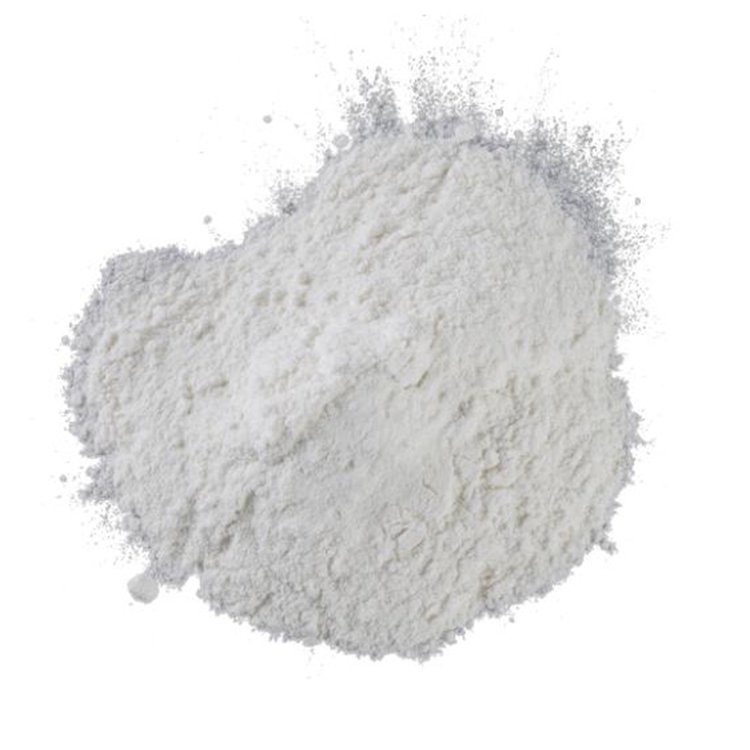
<GB 25546-2010,FCC,USP>;99.5%~100.5%
/
Food Grade
600kg
/
Woven Bag
Inquiry (
10
/ 10
)
Clear All
You can inquire for up to 10 products at a time
Sign In
Error!

